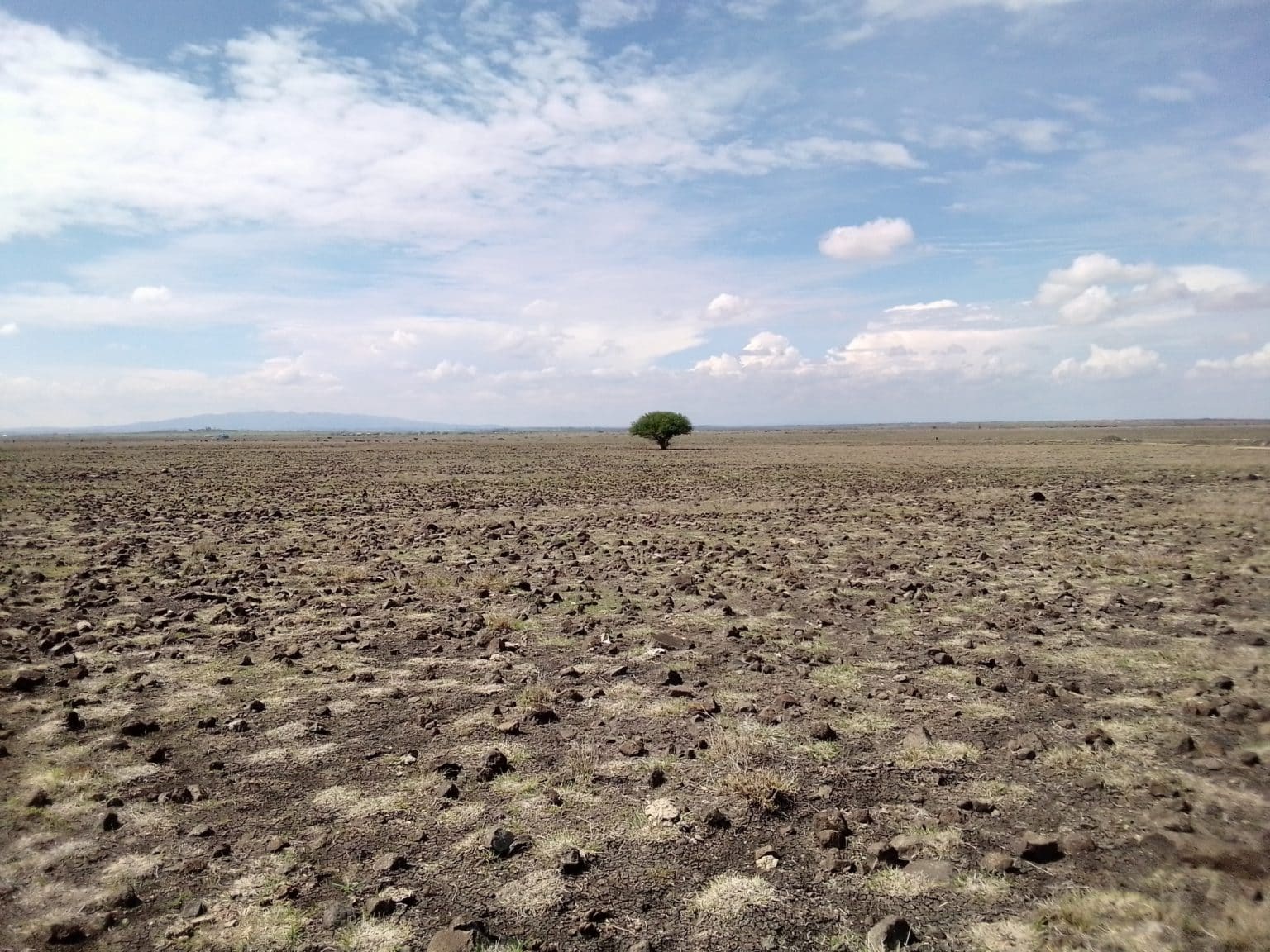Author: Gorrety Yogo
Every day, there are reports on the news showing how people in Northern Kenya are dying while their livelihood, which is represented by livestock perishing in the hot sun without no governments to help and the burden left to Kenyans to contribute towards mitigations through safaricom paybills. This case is from Ahero region in Kenya where people are still dying, rice and house plantations are washed off and livestock carried away during heavy rainfalls and risk management only provided during flooding yet it is documented that Ahero faces challenges associated with flooding continuously.
Kenya’s climate is represented by both dry and rainy seasons that condition some regions to receive higher rainfalls compared to others. Climate induced migration is caused by extreme drought and famine due to either short and low rainfalls which lead to scarcity of resources such as water and suitable pasture mainly for the pastoral communities that rely on livestock. In Northern Kenya for example, pastoralists who represent over 9 million out of 50 million Kenyans and live mostly in the Northern communities of Kenya such as Samburu, Maasai, Turkana, Pokots, Samburu and others keep a large number of livestocks particularly cows, goats, sheep and carmels as their source of livelihood. During dry seasons pastoralists use mobility as a risk strategy to respond quickly to consequences of climate such as drought, diseases and floods. Some move across contiguous borders such as the Kenya–Ethiopia border, Kenya–Somalia border, Kenya–Uganda and others to internal borders within other Kenya communities that might offer better resources to their livestock. This migration has led to already-scarce resources being overdrawn, exacerbating poor tensions and causing a cycle of conflict and violence, as seen in examples of cattle rustling and banditry between host communities and pastoralists.
I was born in Lower Nyakach, one of the constituencies of Kisumu County that is prone to various climate problems such as drought and floods.
Climate related migration leads to internal displacements as people migrate to safer communities within the country or near their own communities, with few people migrating to other countries due to lack of economic activities which are connected to farming.
Kenya has supported different regional, national and international instruments for displaced persons such as the United Nation laws, Global Compact on Migration, African Union laws Agenda 2063 and the Kenyan laws that target specific needs of human rights. Kenya – Prevention, Protection and Assistance to Internally Displaced Persons and Affected Communities Act, 2012 (No 56 of 2012). has five principles in protecting and safeguarding the rights of IDPs, namely: i) prevention of displacement, ii) preparedness and mitigation mechanisms, iii) protection from displacement, iv) support and protection, and v) provision of durable solutions. The government of Kenya is obligated to monitor risks factors that promote displacements, provide legal assistance and resettlement opportunities to IDPs build capacities of IDPs and relevant stakeholders, provide advice on early warnings of environmental and design specific solutions that target the most vulnerable IDPs such as children, women and people with disabilities. Kenya is also a regional member of both the East African Community (EAC) and Intergovernmental Authority for Development (IGAD). EAC is focused on free movement of goods, services and people within the EAC region under the EAC Common Protocol. In fact, Free Movement of Persons and Transhumance in the IGAD Region: Improving opportunities for regular labour mobility was recently finalized in 2021 and has been lauded for promoting issues on climate induced migration with a focus on pastoralist’s movement and in the facilitation of decent and safe migration for economic migrants within the IGAD region.
All these policies are very critical in facilitating free movement of people, goods and services within and out of Kenya and the member states. They also support IDPs in capacity building and humanitarian assistance. Yet, communities are still in conflict and environmental challenges particularly flooding in Ahero remain a major issue for Ahero communities. A study done by Opande (2017) on Cultural perspectives and responses to climate change in Ahero irrigation scheme sub-location, Kisumu county; to understand the cultural perspectives and responses to climate change in Kisumu County found out that climate change mitigations are often influenced by indigenous beliefs, local attitudes and traditional coping strategies that can either improve climate change solutions and increase climate related problems. It is therefore critical for stakeholders involved in design and implementation of climate induced migration policies, laws and initiatives to understand the perspective of the community and provide relevant solutions that are specific to the community’s cultural and attitudinal influences of local livelihoods.
Therefore, there is a need for different stakeholders involved in climate and migration issues to strengthen climate systems and policies that are culturally accepted early enough in the communities affected, as people face a lot of problems during pandemics related to climate Kenya.


